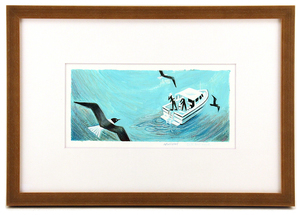![Fateful Prophecy [RISOGRAPH], Natalie Andrewson Fateful Prophecy [RISOGRAPH], Natalie Andrewson](https://84d70f39dda4f8d63311-09dac41207c435675bfd529a14211b5c.ssl.cf1.rackcdn.com/assets/attachments_p/000/106/987/size300_NatalieA_FatefulProphecy_WEB.webp)

| Artist: | Ryan Riller |
| Exhibition: | Oceans & Currents |
| Art Width: | 20.0" (50.8 cm) |
| Art Height: | 9.0" (22.86 cm) |
| Art Depth: | 1.0" (2.54 cm) |
| Frame Width: | 21.0" (53.34 cm) |
| Frame Height: | 10.0" (25.4 cm) |
| Frame Depth: | 2.0" (5.08 cm) |
| Medium: | Cardstock, copic marker, prismacolor pencils, acrylic paint |
| Features: |
Framed
Signed |
| Year: | 2021 |
The common clownfish is one of the most iconic coral reef species and the star of an extremely popular children’s cartoon. Like all clownfishes (also called anemonefishes), common clownfish live within the tentacles of a variety of venomous anemones. Mucous covers each individual’s body and protects the fish from the anemone’s stinging cells that it uses to kill other fishes to eat. This relationship provides the common clownfish with some protection from predation by other fishes, and in return, the common clownfish removes parasites and chases away species they may try to eat its host anemone.
Though they spend much of their lives swimming among the tentacles of their host anemone, common clownfish occasionally leave to feed. They are plankton pickers, which means they visually seek and eat individual zooplankton or phytoplankton floating in the water column. They also likely eat algae from the reef surface. Because of the protection afforded them by their host anemones, common clownfish have few predators, but they are at risk of predation when they leave the anemone to feed. Clownfish rely on coral reefs for protection and as their source of food.
Coral reefs are made of the calcium carbonate skeletons of corals – small immobile animals closely related to jellyfish. Though individual corals can be quite small, they live with millions of other individuals, and over the course of hundreds of thousands of years, they build reefs that are absolutely enormous. The largest coral reef in the world, the Great Barrier Reef in Australia, can be seen by astronauts in outer space. Unlike rocky reefs, where the reef structure is created by geological processes, the reef structure on coral reefs is created by biological processes – the growth and death of reef-building corals, sponges, and other immobile marine animals. This structure provides holes, crevices, and even caves for all sorts of other animals, including shrimps, crabs, clams, snails, fishes, and many more. Numerous species are perfectly adapted to a coral reef lifestyle.
MORE VIEWS
YOU MAY ALSO LIKE
![Fateful Prophecy [RISOGRAPH], Natalie Andrewson Fateful Prophecy [RISOGRAPH], Natalie Andrewson](https://84d70f39dda4f8d63311-09dac41207c435675bfd529a14211b5c.ssl.cf1.rackcdn.com/assets/attachments_p/000/106/987/size300_NatalieA_FatefulProphecy_WEB.webp)
![Blue [PRINT], Lily Seika Jones Blue [PRINT], Lily Seika Jones](https://84d70f39dda4f8d63311-09dac41207c435675bfd529a14211b5c.ssl.cf1.rackcdn.com/assets/attachments_p/000/085/197/size300_LilyJ_Blue_WEB.webp)
Blue [PRINT]
$35.00

Rockfish 2 (PRINT)
$30.00

O is for Octopus
$750.00
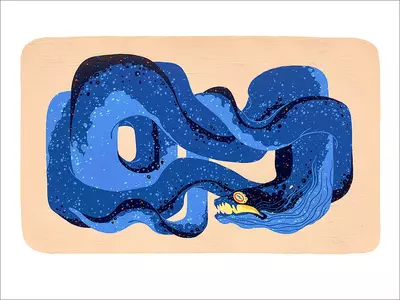
Moray Eel (PRINT)
$30.00
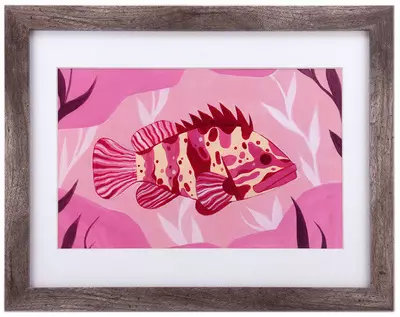
Rockfish 1
$400.00
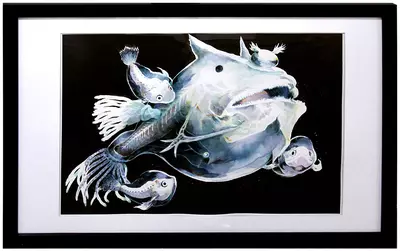
Ghostly Seadevil
$1,000.00
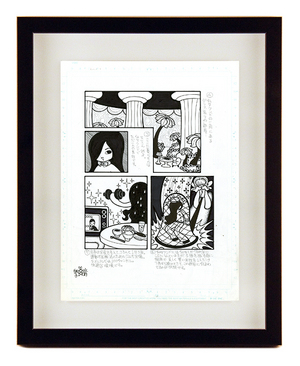
Cinderalla Page 109
$250.00

Rockfish 2
$500.00
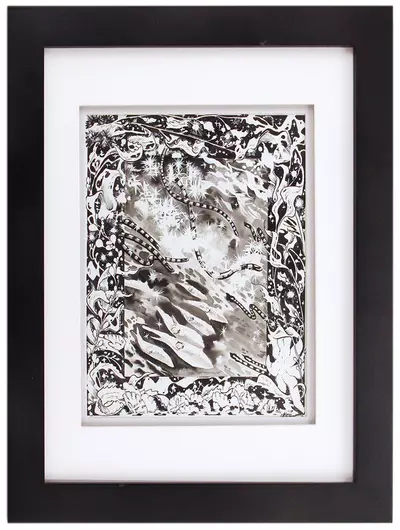
Dispersal
$350.00
![Carey [PRINT], Lorena Alvarez Gomez Carey [PRINT], Lorena Alvarez Gomez](https://84d70f39dda4f8d63311-09dac41207c435675bfd529a14211b5c.ssl.cf1.rackcdn.com/assets/attachments_p/000/085/206/size300_LorenaA_carey_web.webp)
Carey [PRINT]
$40.00
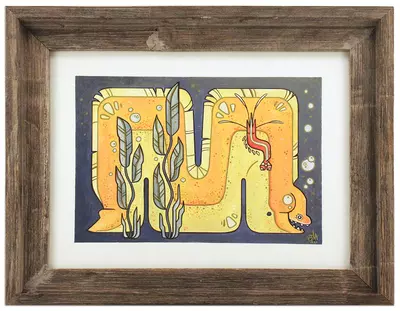
M is for Morray
$750.00

Infinite Dreams
$450.00
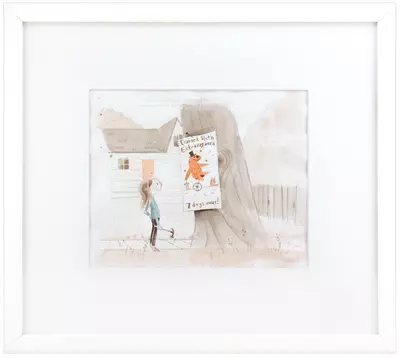
Sparky! - Page 20
$475.00
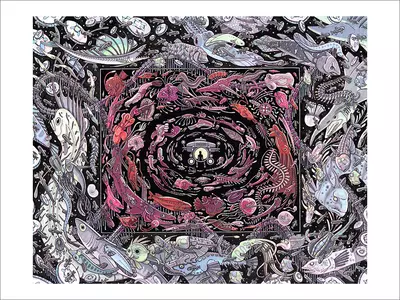
Into the Midnight Zone (PRINT)
$30.00
